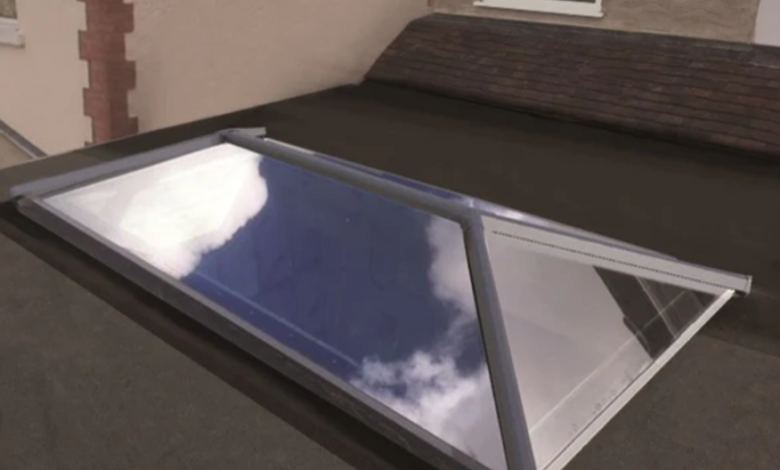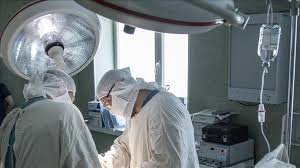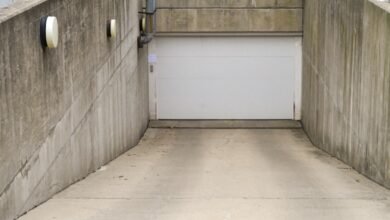Commercial Skylights and Energy Efficiency: How Rooflights Reduce Operational Costs

In today’s business environment, energy efficiency isn’t just a sustainability goal—it’s a financial strategy. Commercial buildings account for a significant portion of energy consumption worldwide, with lighting, HVAC systems, and general operations driving up utility costs. One powerful yet often underutilized solution? Commercial skylights.
Installing skylights in commercial properties can dramatically lower energy consumption, enhance interior comfort, and even contribute toward green building certifications like BREEAM or LEED. In this article, we’ll explore how energy-efficient rooflights can reduce operational costs and why they’re a smart long-term investment for any commercial property owner or manager.
Natural Daylight: A Low-Cost, High-Impact Energy Solution
1. Reducing Artificial Lighting Demand
One of the most immediate benefits of installing commercial skylights is the reduction in the need for artificial lighting. Traditional lighting systems can consume up to 40% of a commercial building’s total electricity. By introducing natural daylight through rooflights, many businesses can cut lighting energy use by 30% to 60%, especially in large open spaces like warehouses, retail stores, manufacturing units, and offices.
Unlike standard windows, rooflights allow uniform, top-down illumination, reducing glare and creating a more consistent lighting environment. This not only enhances visibility and aesthetics but also improves employee productivity and well-being.
2. Lower Heating and Cooling Costs
In colder climates, double- or triple-glazed skylights can help retain warmth, reducing heating costs. In warmer seasons, rooflights with solar control coatings or ventilation options can reduce cooling loads by dissipating excess heat and improving airflow.
Modern commercial skylights are available with advanced glazing options that filter UV rays, minimize heat loss, and prevent solar gain—meaning your building stays comfortable without relying too heavily on HVAC systems.
The Role of Skylights in Green Building Certifications
Green building certifications like LEED (Leadership in Energy and Environmental Design) and BREEAM (Building Research Establishment Environmental Assessment Method) reward commercial buildings for integrating sustainable and energy-efficient technologies. Skylights can directly contribute to earning points or credits under these schemes.
1. LEED Certification Benefits
Under LEED, rooflights fall under multiple credit categories such as:
- Daylight and Views: Maximizing daylight penetration reduces the need for electric lighting.
- Energy and Atmosphere: Efficient design that lowers HVAC and lighting loads.
- Indoor Environmental Quality (IEQ): Natural light improves comfort, productivity, and occupant well-being.
Commercial skylights that incorporate smart controls—such as automated blinds or light sensors—can further optimize energy use and support LEED criteria.
2. BREEAM Contribution
BREEAM evaluates buildings across categories like Health and Wellbeing, Energy, and Materials. Energy-efficient rooflights help fulfill requirements for:
- Increased natural ventilation
- Reduction of operational energy use
- Improvement in occupant comfort and mental health via daylight exposure
Using responsibly sourced or recyclable materials in skylight construction can also support points under the Materials section.
In both systems, rooflights play a key role in demonstrating commitment to sustainability—critical for government incentives, tax benefits, and ESG (Environmental, Social, and Governance) strategies.
Long-Term ROI of Commercial Skylights
While upfront costs for commercial skylight installation may be higher than standard roofing materials or traditional lighting systems, the long-term return on investment (ROI) is compelling.
1. Energy Savings Over Time
Numerous studies show that buildings incorporating skylights can save thousands of pounds or dollars annually in lighting and HVAC costs. Over 10–20 years, this can result in a 50–70% return on initial investment, especially when combined with solar panels or automated lighting systems.
In addition, many governments and local councils offer grants or tax credits for installing energy-saving infrastructure like skylights—further improving ROI.
2. Increased Property Value and Marketability
Buildings with commercial skylights and sustainable features often command higher resale or lease values. Tenants are increasingly seeking workspaces that offer daylight access, wellness-focused design, and lower operating costs.
Adding skylights can make your commercial space more attractive to eco-conscious tenants, especially in industries where certifications like LEED or BREEAM are considered valuable.
3. Reduced Maintenance and Longer Life Cycles
Today’s energy-efficient rooflights are made with durable, weather-resistant materials and designed for long-term use. Self-cleaning glass coatings, integrated rain sensors, and UV-stable frames all contribute to lower maintenance costs over time.
With proper installation and care, commercial skylights can last 25 years or more, offering consistent performance with minimal upkeep.
See Also: The Future of Car Air Conditioning: Eco-Friendly and Energy-Efficient Cooling Technologies
Key Considerations When Installing Commercial Skylights
To maximize energy efficiency and ROI, consider the following when shopping for or specifying commercial rooflights:
- Orientation and Placement: South-facing skylights offer the most light but may need solar control features.
- Glazing Options: Choose double or triple glazing, low-E coatings, and tinting based on climate.
- Ventilation: Select skylights with manual or automatic opening for passive cooling and better air quality.
- Smart Features: Integration with lighting controls, thermostats, or building automation systems can increase efficiency.
- Certifications: Look for skylights certified to ISO, CE, or ENERGY STAR standards to ensure performance and compliance.
Final Thoughts
Commercial skylights aren’t just architectural features—they’re smart energy solutions. By bringing in natural daylight, reducing electricity and HVAC demand, and contributing to green building certifications, they provide tangible commercial rooflight benefits that impact the bottom line.
If you’re looking to buy commercial rooflights online or explore custom options for your building, consider energy-efficient models that align with your sustainability goals and long-term business strategy.







